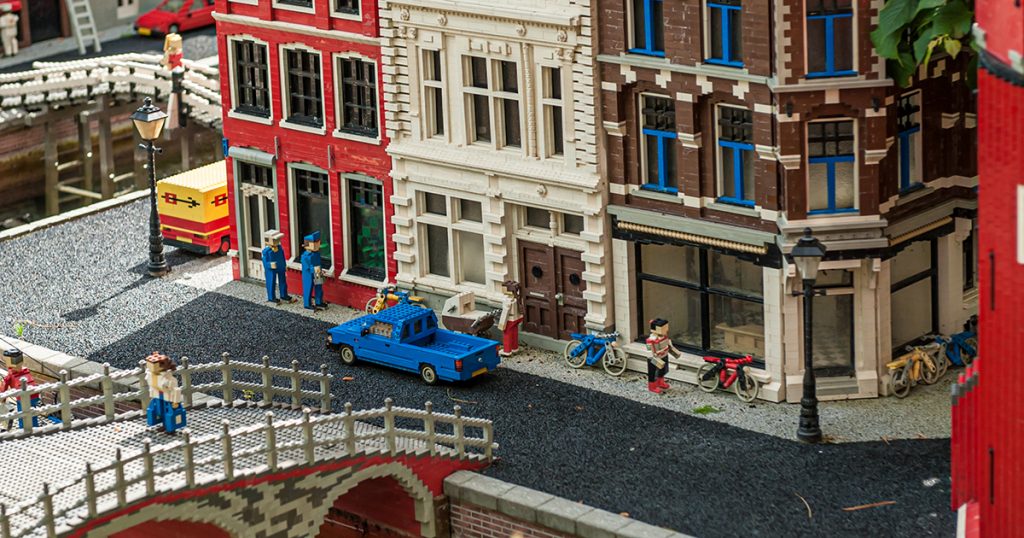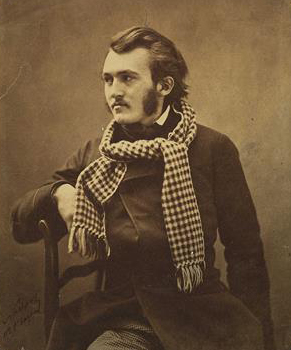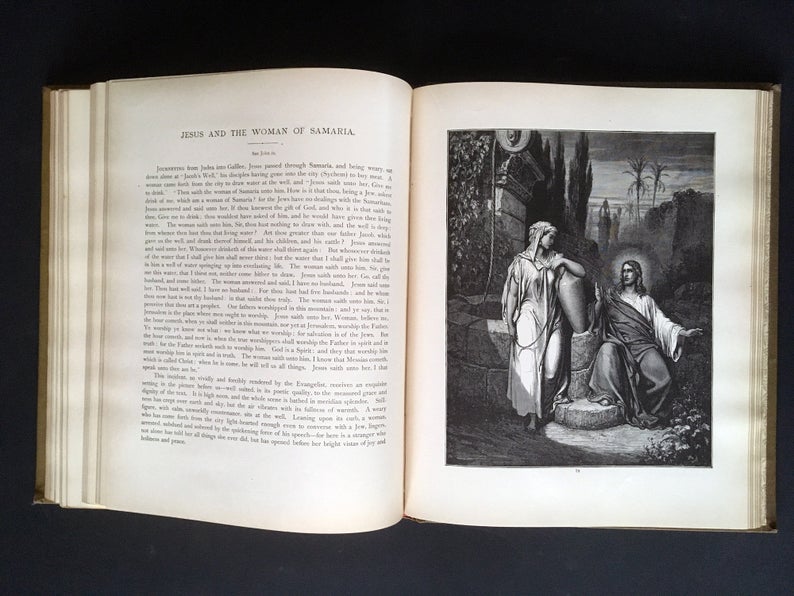Hello again from Cuberis. Our “INSIGHT: On Art & History Websites” newsletter has been on a bit of a hiatus for the past several months, as we have been retooling for what we think museums will need in the future. And due to this unexpected pandemic, the future has arrived ahead of schedule. But fortunately, Cuberis is ready. We’d like to tell you more about how our new framework for museum websites can advance your online digital engagement, without the need for grant-sized budgets.
Over the years, as we’ve been applying our web strategy, design, development, and support services for museums, we’ve written about many of the opportunities and possibilities museums have for online digital engagement. We’ve written about how to cultivate curatorial contributions, how to more effectively solicit donations and giving (here, here, and here), how to maximize the marketing impact of your museum’s website, and other more tactical and technical strategies (for example, here and here).
The common denominator for all our strategic thinking has always been predicated on highly customized (therefore expensive) website platforms. And while getting the opportunity to build highly custom sites for clients like The Saint Louis Art Museum, The Nasher at Duke, The Telfair Museums and The Michigan Archives has been fantastic, projects like these typically require grant-sized budgets well into the six-figure range.
But most museums have to get by on budgets based on their annual earned revenue, memberships, and other giving—which have to cover all operational COSTS and get stretched pretty thin. I’ve lost count of all the RFPs we’ve received from museums whose budgets ranged from $20,000-$40,000, which we had to pass on because custom platforms simply cannot be built on smaller budgets.
An Alternative Framework for Average Budgets
And so we set ourselves to the task of finding ways to leverage the extensive native WordPress architecture, along with a few professionally supported frameworks and plugins, to enable almost all of the needs of the average museum website—while adding additional features that even the most expensive museum sites often can’t supply.
We have recently completed two major projects using this formula to great success. One was for the Vizcaya Museum & Gardens, and the other for a private collection (we can provide demonstrations upon request).
If you reference the last article we published, Simple, Flexible, Economical, Pick Two, we described the trade-offs between simplicity, flexibility, and economy when choosing digital platforms. That article had third party platforms primarily in view, but we’ve been applying those same principles for a website platform that maximizes economy by sliding the simplicity/flexibility needle well over into the flexibility zone. By deploying existing frameworks and plugins, and curating them into manageable, pre-styled components, we’ve all but eliminated the need for custom code.
From the front-end experience of these sites, the results are virtually indistinguishable from the much more expensive custom platforms we’ve built for other museums. From the backend, these sites require our careful curation of elements, and a bit more training (we create custom screen recordings of all the admin features, to ensure ease of use for current and future museum content editors), since multiple plugins and frameworks replace the use of fully-customized content types and editing screens.
Once a museum’s team becomes accustomed to the platform, they have just as much, if not significantly more, functionality and potential to easily expand their set of tools for digital content creation, which results in increased digital engagement.
We’ve also identified a set of third party marketing tools that can be added to these website platforms, that enable much of the functionality described in the Marketing Driven Museum Website article, without having to ditch Blackbaud, and without adding significant monthly costs.
Cuberis can now offer high-end museum capability, at economical operating budget prices. Even if your museum is not gearing up for a redesign, Cuberis can quickly perform platform conversions on existing designs, giving your team far more flexibility and control over digital content expression throughout your site.
If your museum is trying to figure out how to stay on mission during these days when visits are impossible, you might consider using some of your collective downtime to rebuild your digital platform, making your museum more nimble and flexible for crises like this, and to advance your digital engagement all the more, once things return to normal.










